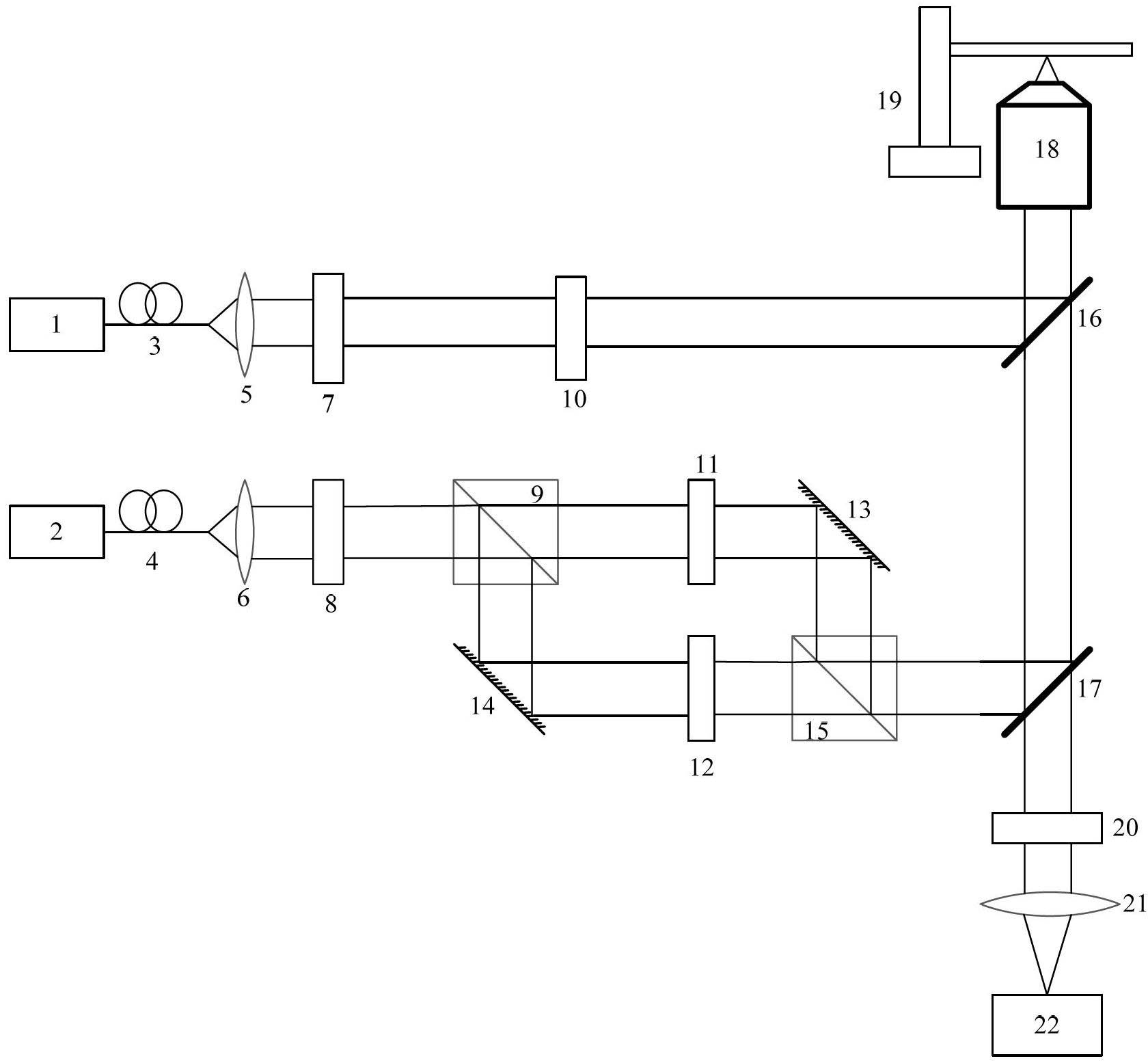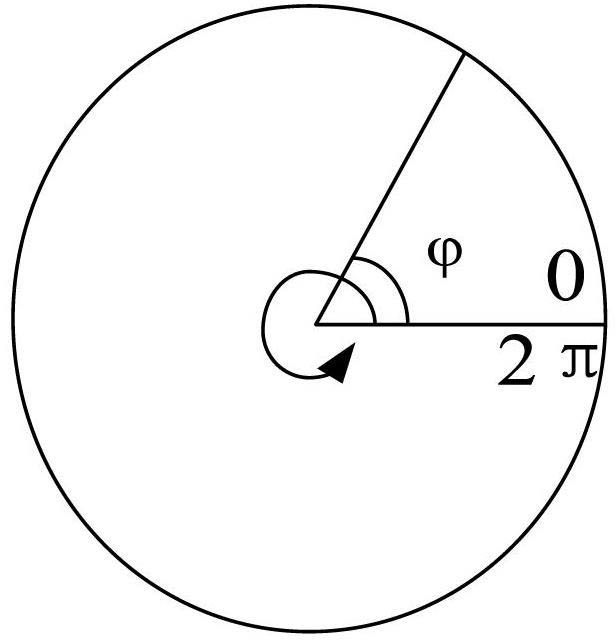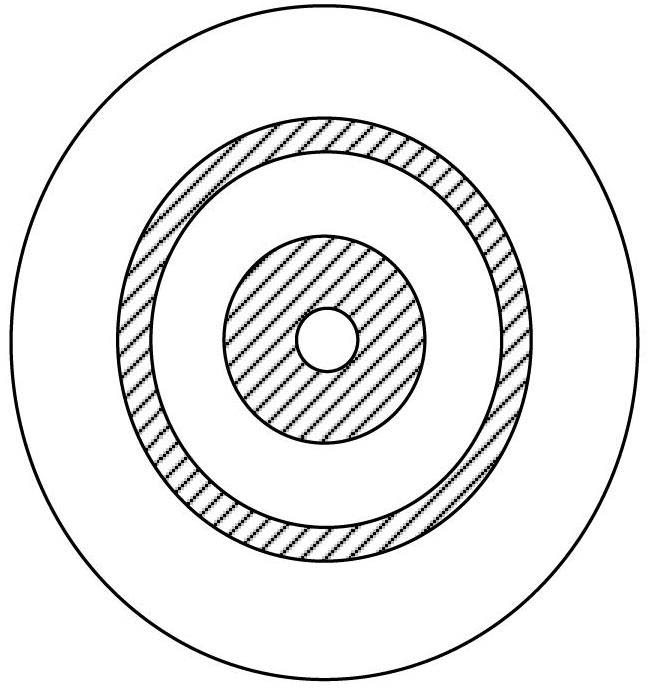Method and device of stimulated emission depletion (STED) microscopy based on tangential polarized light
A technology of stimulated emission loss and tangentially polarized light, which is applied in the field of super-resolution microscopy to achieve the effects of small light-emitting area, reduced bleaching, and avoiding damage to samples
- Summary
- Abstract
- Description
- Claims
- Application Information
AI Technical Summary
Problems solved by technology
Method used
Image
Examples
Embodiment Construction
[0035] Such as figure 1 As shown, a stimulated emission loss microscopy device based on tangentially polarized light includes: a first laser 1, a second laser 2, a first single-mode fiber 3, a second single-mode fiber 4, and a first collimator lens 5. The second collimating lens 6, the first tangential polarization converter 7, the second tangential polarization converter 8, the first dichroic prism 9, the first phase plate 10, the second phase plate 11, and the third phase plate 12 , the first reflector 13, the second reflector 14, the second dichroic prism 15, the first dichroic mirror 16, the second dichroic mirror 17, the microscope objective lens 18, the nano translation stage 19, the bandpass filter 20 , field lens 21, detector 22.
[0036] The projection device includes: a first dichroic mirror 16 , a second dichroic mirror 17 and a microscope objective lens 18 . The detection imaging system is composed of a first dichroic mirror 16 , a second dichroic mirror 17 , a m...
PUM
 Login to View More
Login to View More Abstract
Description
Claims
Application Information
 Login to View More
Login to View More - R&D
- Intellectual Property
- Life Sciences
- Materials
- Tech Scout
- Unparalleled Data Quality
- Higher Quality Content
- 60% Fewer Hallucinations
Browse by: Latest US Patents, China's latest patents, Technical Efficacy Thesaurus, Application Domain, Technology Topic, Popular Technical Reports.
© 2025 PatSnap. All rights reserved.Legal|Privacy policy|Modern Slavery Act Transparency Statement|Sitemap|About US| Contact US: help@patsnap.com



